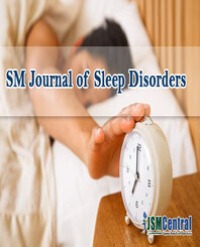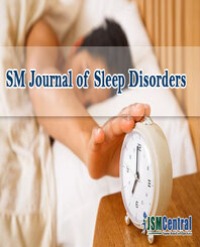
Role of Sleepiness in Road Traffic Accidents among Young Egyptian Commercial Drivers
Background: Egypt is ranked the third country in the world with highest mortality rates due to road traffic accidents. The commonest cause of accidents was inattention of the driver. Driver inattention can be caused by practicing any activity other than driving or by sleepiness. Sleep at wheels can be caused by poor sleep habits, shift work, sleep disordered breathing, other sleep disorders as chronic insomnia, illicit drug abuse and medical disorders.
Methods: A cross sectional study including 324 male commercial drivers. The following data was collected history of accidents, the driving behavior including mean daily driving hours mean driving years mean daily sleep duration, shift work, seat belt, tea/coffee while driving and driving after meals. The sleepiness was assessed by history of excessive daytime sleepiness, Epworth sleepiness scale, Functional outcome of sleep questionnaire, chronic insomnia, nodded while driving, naps, risk for obstructive sleep apnea and history of comorbidities. Assessment of urine tetra hydrocanabinol (the major active ingredient in marijuana and hashish) was done. Driver’s characteristic included education level, vehicle type license class road and nature of work.
Results: Prevalence of ever exposure to accidents is 25%. Independent predictors of accidents were urine THC (OR=5.3), nodding during driving (OR=4.6), Berlin questionnaire (OR=2.5), STOP Bang questionnaire (OR=1.5), FOSQ (OR= 0.9), mean daily total sleep hours (continuous) (OR=0.9).
Conclusion: Accidents were common among studied group of drivers. It is recommended to screen drivers for urine THC, identify nodding during driving, Berlin questionnaire, STOP Bang questionnaire, FOSQ and mean daily total sleep hours to predict the driver with high risk of the sleep related accidents.
Ahmad Yonis Badawy1 , Nesreen Elsayed Morsy2*, Sayed Ahmad Abdelhafez1, Abdel-Hady El-Gilany3 and Mohsen Mohammed EL shafey1


